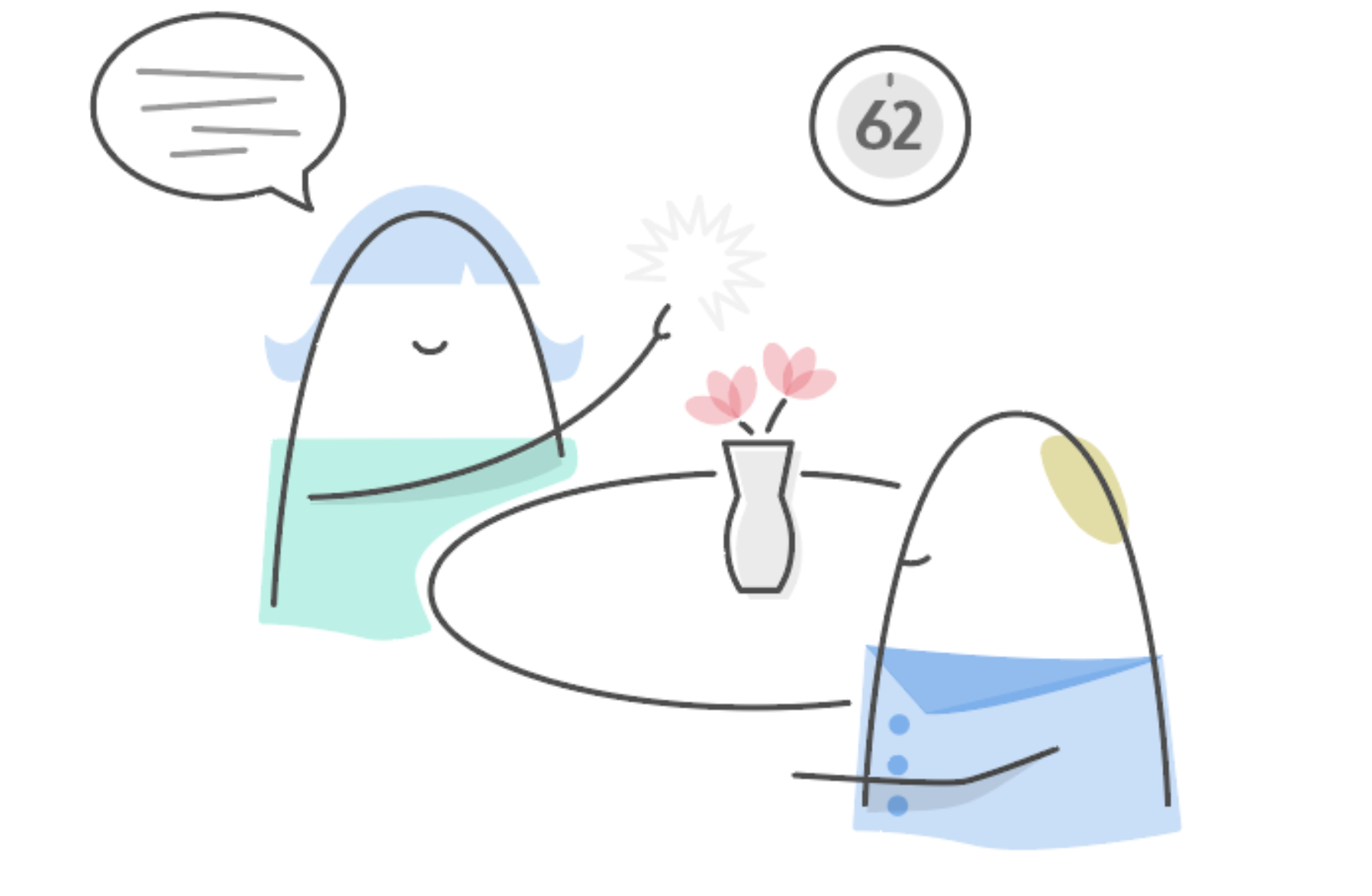
UX research goes beyond usability testing. To assess usefulness, researchers use interviews, contextual inquiry, diary studies, & prototyping. These methods help understand user wants, needs, and desires, and inform product development & strategic planning.
When you think of UX research you might think of usability testing, where a researcher and your team watch as your users try to achieve specific goals on your website.
Usability testing is an important tool within UX researcher’s toolkit; however, it is just one tool that’s particularly good at answering certain types of questions.
Usability testing is good when your problem space is clearly defined. You know what you want your users to be doing on your site but you want to make sure they can do that. When you’re asking ‘is my product or service usable?’ usability tests can often provide actionable insights with relatively low effort. For example, Stitcher, a mobile podcasting app, wanted to understand the stumbling blocks new users were encountering when they used the app for the first time. Running through usability tests with new users surfaced issues in the onboarding flow that Stitcher could immediately update.
But how do you know what your user wants to do? How do you know if they would use your site or service in the first place? When organizations are looking to understand if their product or service is useful, UX research teams have another set of tools for exploring these fuzzier questions.

A product or service is usable if a user can accomplish a defined objective or task. If a user wants to buy a plane ticket but can’t because the purchase button is hidden on the airlines website, that’s not usable at all! On the other hand, a product or service is useful is it addresses a need, want, or desire of the user. An airline’s website might very clearly allow users to purchase plane tickets but if nobody ever has any desire to take trips anymore that’s not useful!
When trying to understand the usefulness of a product or service, researchers can turn to interviews, contextual inquiry, diary studies, and prototyping.
Interviews
What are my users’ wants and needs?
User Interviews are the most flexible tool in the UX research toolkit. Interviews can come in many shapes and forms depending on the question at hand. Most importantly, interviews involve sitting down with your users or your potential users (or even people people exploring similar issues) and talking to them. If you’re used to working through usability tests, the ambiguity of interviews can seem frightening, but with a little experience, interviews can lead to deep insights into a user’s perspective, needs, and wants. For example, Crimson Hexagon, an analytics tool, wanted to redesign their dashboard for C-suite executives. To understand their new target audience, we interviewed not only C-suite executives but also surrounding stakeholders to more holistically understand perspectives and capabilities.

Contextual Inquiry
How is the environment shaping my user s’ wants and needs?
Contextual inquiry brings the interview process into the environment of a task or process of which you’re trying to get a better understanding. Researchers can both observe behaviors and environments and ask questions about habits, preferences, and pain points. Imagine the difference between asking someone about the their frustration doing laundry and seeing them carry a heavy basket up four flights while a kid tugs on their sleeve.
Contextual inquiry exposes influences an interview might otherwise miss. For example, Tendril, a platform providing the infrastructure and analytics required to deliver personalized energy services, wanted to know how people think about their own energy use. We conducted contextual interviews with homeowners in their houses to observe and discuss their energy use.
From there, we could develop in-depth personas because we understood homeowners’ beliefs and also how they enacted those beliefs through everyday actions like adjusting the thermostat.
Diary Study
How are my users’ wants and needs shaped and changed over time?
Diary studies allow users to record information over an extended period of time without the researcher being present. Originally, diary studies consisted of paper diaries which researchers crafted and requested that participants complete a random points in the day or while conducting relevant tasks. Now, diary studies can come in various forms like apps that are set to randomly prompt a participant to respond to a pre-set questions. For example, when the Bay Area Rapid Transit (BART) wanted to understand how riders were perceiving their commute, we conducted a diary study where we had participants maintain a log of their daily transit experience.
Prototyping
How might my users address their wants and needs?
While prototyping is often thought of as tool for later in the design process used to determine if a product or service concept is doable, prototyping can also be used in the early research process for team, stakeholder, or user consensus building. Participatory prototyping with users can be used as a way to understand desires and generate unexplored ideas.
This can be done in a collaborative workshop with researcher facilitation where users build low-fidelity prototypes. While you might not directly produce your users’ prototypes as final products, these prototypes often surface insights that interviews cannot.
Doing Research on Usefulness
When would you want to bring in these research methods into your organization? You might bring in these types of research methods when you’re embarking on a new product or service development cycle, developing a strategic plan for the future, or trying to figure out your organization, product or service’s next direction.
Deciding between these different types of research methods comes down to knowing what questions you’re trying to answer. When you’re in doubt, think about what type of information you want to get out of your research. Is it about usability or usefulness?
